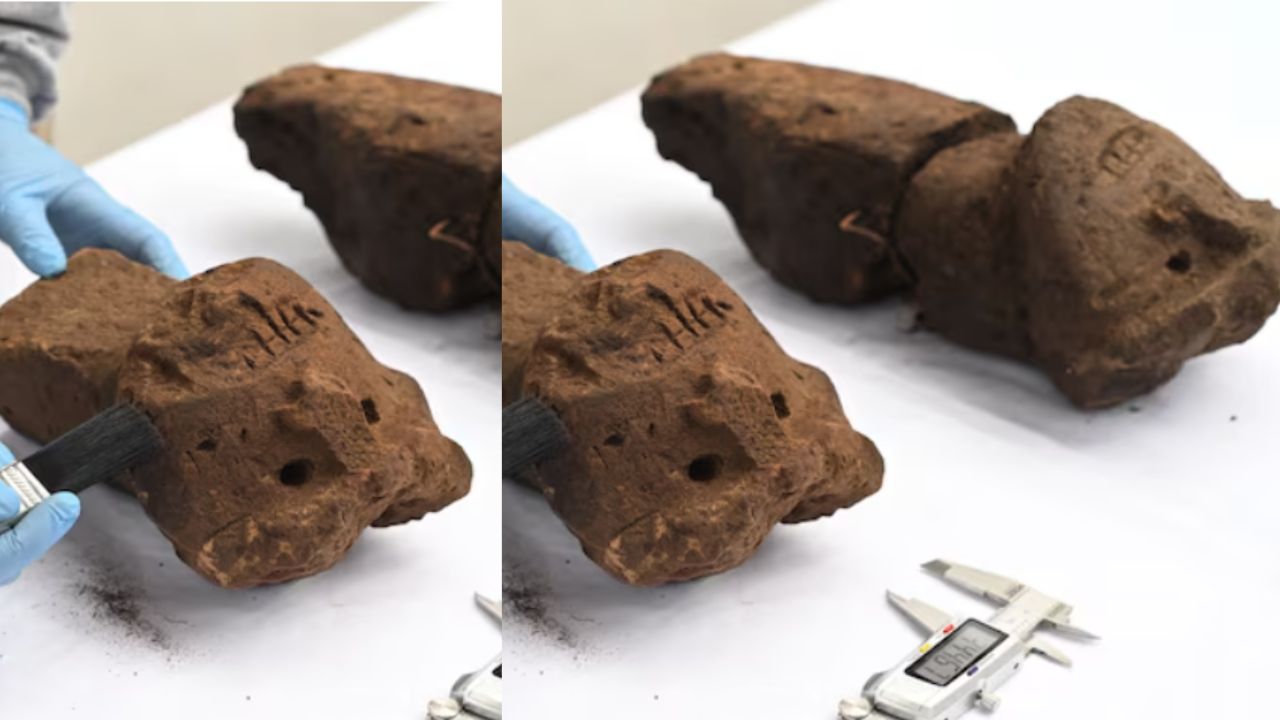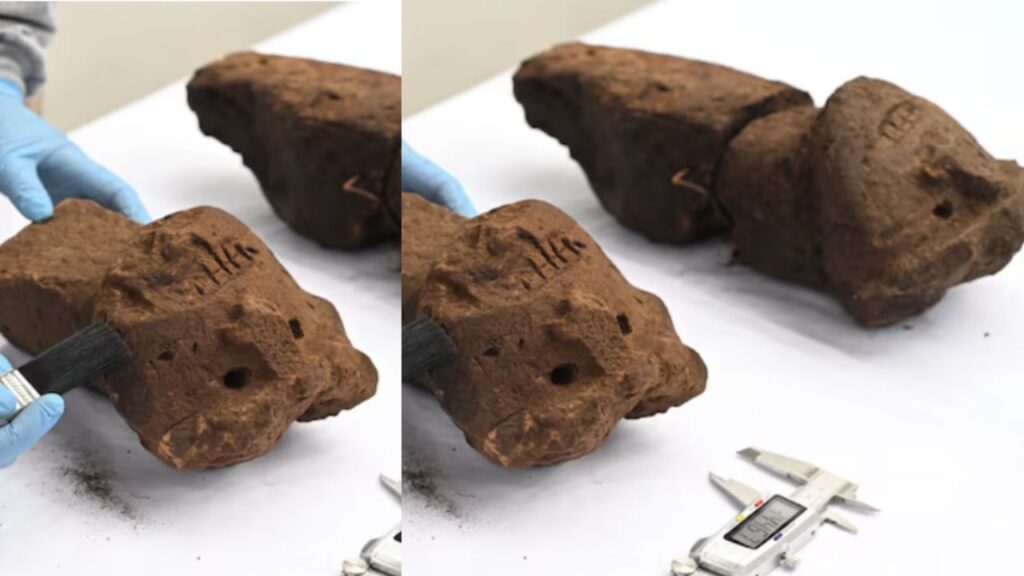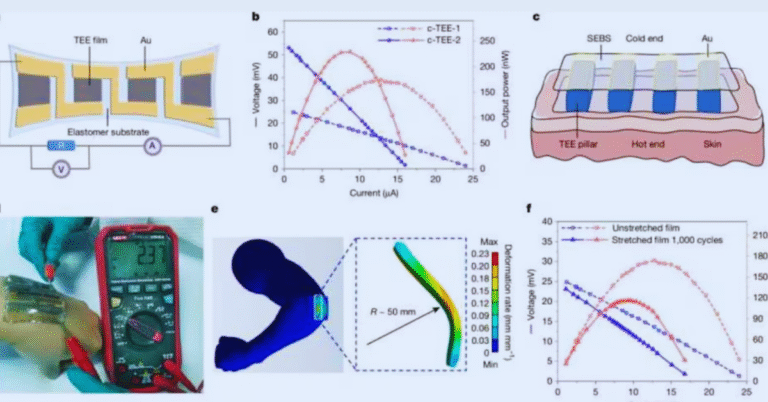
In a groundbreaking archaeological find, researchers in Peru have uncovered a cache of rare ceremonial heads and ancient structures believed to be over 1,000 years old. The discovery, made in the Andean region, offers new insight into the spiritual, cultural, and architectural traditions of pre-Columbian civilizations.
The ceremonial heads—crafted from stone and clay—are thought to have played a central role in ancient rituals, possibly linked to ancestor worship or offerings to deities. Each head displays intricate carvings, with some showing painted details that have survived the passage of centuries. Experts suggest that these artifacts may have belonged to the Wari or a similar pre-Inca culture, known for their advanced craftsmanship and ceremonial practices.
Alongside the artifacts, archaeologists also unearthed remnants of large stone structures, ceremonial plazas, and underground passageways. The strategic layout of these constructions indicates a sophisticated understanding of urban planning, suggesting that the site may have been a political and spiritual hub.

Dr. Carlos Mendoza, one of the lead archaeologists, emphasized the importance of the find: “These ceremonial heads are not just artistic creations—they are cultural messages from a civilization that thrived long before the rise of the Inca Empire.”
The site’s location remains under close protection to prevent looting, while preservation experts work to stabilize the fragile artifacts. Researchers hope that further excavation will reveal more about the social hierarchy, belief systems, and daily lives of the people who inhabited the region over a millennium ago.
This discovery not only enriches our understanding of Peru’s ancient past but also underscores the country’s position as one of the world’s most archaeologically significant landscapes—where each dig has the potential to rewrite history.






